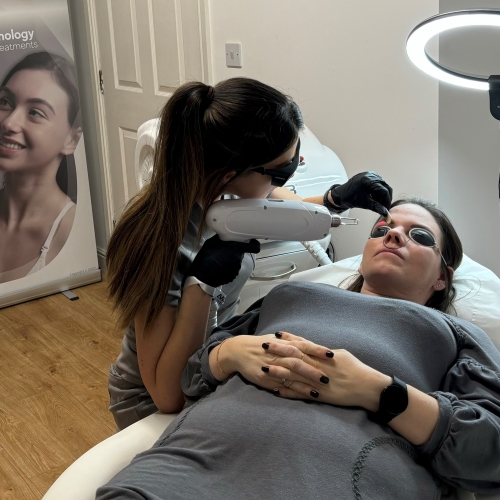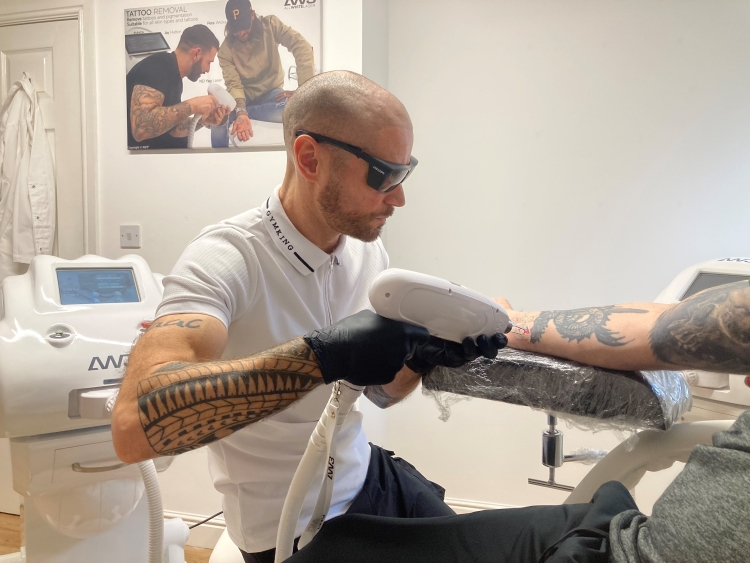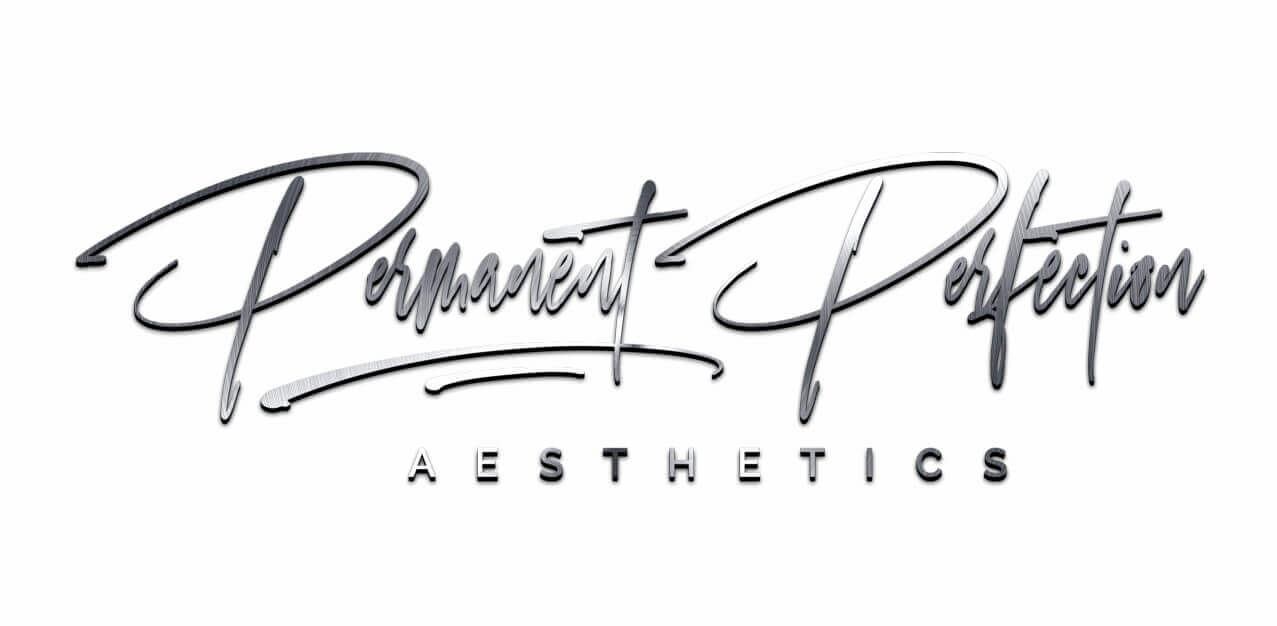Laser Tattoo Removal vs Dermabrasion
Laser Tattoo Removal vs Dermabrasion – When it comes to removing unwanted tattoos, several methods are available, each with its own advantages and disadvantages.
Two popular options are laser tattoo removal and dermabrasion. While both aim to eliminate tattoos, they differ significantly in terms of procedure, effectiveness, and safety.
In this blog, we’ll delve into the details of both, emphasizing why laser tattoo removal is a safer and more effective treatment.
Laser Tattoo Removal vs Dermabrasion: What is Laser Tattoo Removal?
Laser tattoo removal involves using laser technology to break down the ink particles in the skin. The laser emits short pulses of intense light that pass through the outer layers of the skin and are absorbed by the tattoo ink.
This causes the ink particles to shatter into smaller fragments, which are then naturally eliminated by the body’s immune system.
Different types of lasers are used depending on the colors of the tattoo ink, as different wavelengths of light are absorbed by different colors.

Benefits of Laser Tattoo Removal
- High Effectiveness: Laser removal is highly effective at breaking down tattoo ink, making it possible to remove or significantly fade tattoos. Multiple sessions are usually required to achieve the best results.
- Precision: The laser can target specific colors and ink types, allowing for precise removal with minimal impact on surrounding skin. This precision helps in achieving more uniform results.
- Minimal Scarring: Unlike more abrasive methods, laser removal has a lower risk of scarring when performed by a qualified professional. Proper post-treatment care further minimizes the risk of scar formation.
- Safe for All Skin Types: Advances in laser technology have made it safe for various skin types and tones. Specific lasers can be adjusted to accommodate different skin sensitivities and pigmentation.
- Non-invasive: The procedure is non-invasive, meaning no cuts or incisions are required. This reduces the risk of infection and other complications associated with invasive procedures.

Laser Tattoo Removal vs Dermabrasion: Why Choose Laser Tattoo Removal?
- Effectiveness: Achieve better results with fewer sessions compared to other methods. Laser technology continues to advance, improving the effectiveness and safety of the procedure.
- Safety: Lower risk of complications such as infection and scarring. Laser treatments are highly controlled, reducing the chances of damage to the surrounding skin.
- Comfort: While not entirely pain-free, the procedure is generally less painful than other removal methods.
Laser Tattoo Removal FAQ
Q: Is the procedure painful?
A: Most clients experience some discomfort, often described as similar to the snapping of a rubber band against the skin. Numbing creams and cooling devices are used to minimize pain. Pain tolerance varies among individuals, but most find the procedure manageable.
Q: How long does it take to see results?
A: Results vary depending on the tattoo’s size, color, and age, but noticeable fading typically occurs after a few sessions. Full removal may take several months, with sessions spaced 4-8 weeks apart to allow the skin to heal.
Q: Are there any side effects?
A: Common side effects include redness, swelling, and minor blistering, which usually subside within a few days. In rare cases, there may be temporary changes in skin pigmentation.

What is Dermabrasion?
Dermabrasion is a mechanical method of tattoo removal that involves physically sanding down the top layers of the skin.
A high-speed rotating device with an abrasive wheel or brush is used to remove the skin layers containing the tattoo ink. This method essentially scrapes away the tattooed skin, allowing new skin to grow in its place.
Dangers of Dermabrasion
- High Risk of Scarring: The abrasive nature of dermabrasion makes scarring a common outcome, especially if the procedure is not performed correctly. Scarring can be permanent and may require additional treatments to manage.
- Painful Procedure: Dermabrasion is more painful compared to laser removal and often requires local anesthesia or sedation. The pain can be significant during and after the procedure.
- Infection Risk: The open wounds created by dermabrasion can become infected if not properly cared for post-procedure. Infection can lead to further complications and prolonged healing times.
- Uneven Skin Texture: The mechanical removal of skin layers can result in uneven skin texture and pigmentation. This can lead to noticeable differences in skin appearance.
- Extended Recovery Time: Healing from dermabrasion can take several weeks, during which the skin requires extensive care to prevent complications. Patients need to follow strict aftercare instructions to ensure proper healing.
Dermabrasion FAQ
Q: How long does recovery take?
A: Recovery from dermabrasion can take several weeks. During this time, the skin needs to be kept clean and protected to prevent infection and promote healing. Patients should avoid sun exposure and follow their doctor’s aftercare instructions carefully.
Q: Are there any side effects?
A: Common side effects include significant redness, swelling, and scabbing. There is also a high risk of permanent scarring and changes in skin texture. Some patients may experience prolonged redness or sensitivity.
Q: Is the procedure suitable for all skin types?
A: Dermabrasion is not recommended for all skin types, particularly darker skin tones, due to the higher risk of pigmentation changes and scarring. It is essential to consult with a qualified professional to determine if dermabrasion is suitable for your skin type.
Summary: Laser Tattoo Removal as a Better, Safer Alternative
In summary, laser tattoo removal offers a safer, more effective, and less invasive solution for tattoo removal compared to dermabrasion.
The precision, minimal scarring, and shorter recovery time make laser removal the preferred choice for those looking to eliminate unwanted tattoos.
Benefits of Laser Tattoo Removal:
- Highly effective for various tattoo colors and sizes
- Lower risk of scarring and skin texture changes
- Shorter recovery time with fewer complications
- Safe for a wide range of skin types
- Non-invasive procedure
Laser Tattoo Removal vs Dermabrasion: Conclusion
Choosing between laser tattoo removal and dermabrasion ultimately depends on your priorities and concerns.
However, with the significant benefits of laser removal—greater effectiveness, fewer risks, and quicker recovery—it’s clear that this option offers a safer and more reliable way to remove unwanted tattoos.
Always consult with a qualified professional to determine the best approach for your tattoo removal needs.
For those seeking a safe, effective, and enduring solution, laser tattoo removal stands out as the superior choice.
Embrace the possibility of clear, tattoo-free skin without the significant risks associated with dermabrasion.
Whether you want to completely remove a tattoo or significantly fade it, laser tattoo removal provides a versatile and lasting solution that meets your needs.

Additional Considerations
When considering tattoo removal, it’s important to take into account factors such as the age of the tattoo, the colors used, and your skin type.
Black ink responds better to laser treatment compared to lighter colors like yellow and green. Discuss these factors with your practitioner to set realistic expectations for the outcome.
Choosing the Right Practitioner
The success of your tattoo removal largely depends on the skill and experience of the practitioner. Look for professionals who are certified and have extensive experience in laser tattoo removal.
Reading reviews and asking for before-and-after photos of previous clients can also help you make an informed decision.
Aftercare Tips for Laser Tattoo Removal
Proper aftercare is crucial for achieving the best results and minimizing side effects. Follow these tips for optimal healing:
- Keep the treated area clean and dry: Gently wash the area with mild soap and water, and pat it dry.
- Avoid sun exposure: Protect the treated skin from direct sunlight by wearing protective clothing or using a high-SPF sunscreen.
- Moisturize: Apply a recommended ointment or moisturizer to keep the skin hydrated and aid in healing.
- Avoid picking or scratching: Let any scabs or blisters heal naturally to prevent scarring.
By following these aftercare guidelines and choosing a reputable practitioner, you can maximize the benefits of laser tattoo removal and achieve the best possible results.


Recent Comments